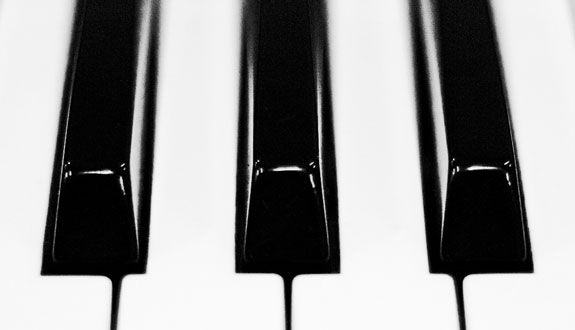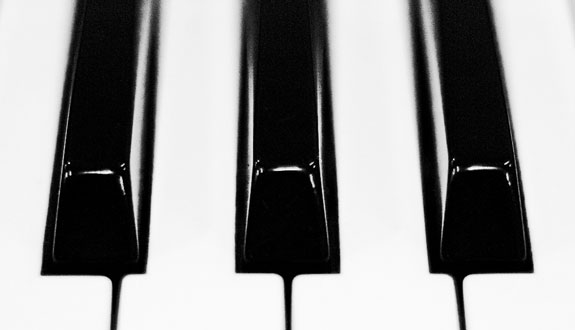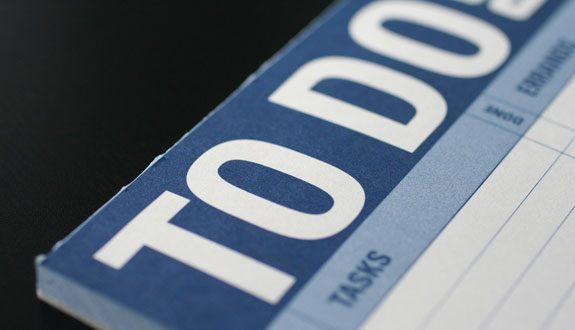
As an LSAT instructor, I’ve come across students with a wide variety of interests and backgrounds. I’ve taught college football players, chemistry PhDs, and trapeze artists. One way I try to personalize the experience for them is to relate the LSAT to something from their own lives. Given the diversity of my students, this has sometimes proven challenging (except with the trapeze artist, obviously).
Today, though, I thought I’d compare the LSAT to something from my own life that I know and love well: the piano.
I have played the piano for 22 years, which is almost as long as the modern LSAT’s existence. Put another way: my piano playing is older than Miley Cyrus (which might explain why I prefer my music to hers).
The following are a few parallels that can be drawn between learning the piano and mastering the LSAT:
How Learning the Piano is Like Learning the LSAT I: You’re going to be pretty bad starting out, but don’t give up
Let’s face it: you can’t just sit down at the piano and bang out some Beethoven on day one. In fact, you may struggle with “Mary Had a Little Lamb.” But that’s okay. And the LSAT is much the same way. That first cold practice test is brutally humbling for everyone. The important thing is to not write yourself off too early. I’ve seen a lot of people bomb their first practice test and say, “Well, I’ve never been good at standardized tests, so let’s just get a respectable score at this point.” Similarly with the piano, a lot of people take lessons briefly as children, but quit because they claim that they’re “not musical.” In both cases, with LSAT mastery and learning the piano, these people have already given up because they mistake these things as involving some kind of innate “talent.”
How Learning the Piano is Like Learning the LSAT II: It’s a skill, not a talent
A lot of people mistake the LSAT for some kind of intelligence or aptitude test. But that’s not the case. Some of the most intelligent, talented people I know – people who have aced standardized tests their entire lives – have been brought to their knees by that first practice exam. In a similar vein, my buddy Joe (who I jam with on the reg) has guitar chops that would make John Mayer blush and stage time in one of the oldest blues clubs in Chicago. But place him in front of the piano, and the result is almost comical. These examples reinforce the fact that conquering the LSAT and playing the piano aren’t a matter of talent. They are skills to be developed. And the only way to develop a skill is through diligent, dedicated practice.
How Learning the Piano is Like Learning the LSAT III: Practice the right way
With practicing the piano, consistency is certainly key. But there’s more to it than that. Piano music has a logic and terminology of its own. It’s worthwhile to take the time to learn things like key and time signatures, accidentals, dynamics, and tempo shifts. Sure, you could just bang on the keys every day and eventually learn “by ear” without ever learning to read music, but this is suboptimal. Progress is slower going, and without an understanding of music theory, it’s harder to diagnose your own mistakes: “that doesn’t sound right,” for example, is not as useful as “that should be a major 7th instead of a minor 7th.” The LSAT, too, has an internal logic worth learning – of conditional statements, subsidiary conclusions, modality and quantification. And sure, you could ignore all of these things, just take a bunch of timed practice tests, and your LSAT score would probably go up (a bit). But again, without this knowledge, it’s so much harder accurately diagnose your own mistakes: “I need to brush up on LR” is not nearly as useful as “I need to review strengthen questions with causal conclusions.” Also, let me say for the record that “Just take a bunch of practice LSAT tests” is probably the most common, but absolute worst LSAT advice ever. You wouldn’t learn a song on the piano by playing full speed, hands together right away, so don’t start out your LSAT prep with timed sections. You have to learn to walk before you can run.
How Learning the Piano is Like Learning the LSAT IV: Hire a pro
I started out taking piano lessons with a nice older lady who lived down the street. She was a sweet woman, but in retrospect she probably wasn’t the best piano teacher. After she retired, I bounced around a couple of different teachers before my parents set me up with the organist at a local Catholic church. Within three months, my skill level doubled. Piano lessons are expensive, and my parents weren’t made of money, but they gladly continued paying for them because they saw how much I was improving. LSAT prep is a similar investment. If you can manage to afford it, find a class with an instructor who has an LSAT score in the 170s, who knows the test backwards and forwards, and you will accelerate your progress.
How Learning the Piano is Like Learning the LSAT V: Make it fun
In high school, I reached a point where I got frustrated with piano lessons. Sports and homework ate up my practice time, while the classical pieces I was supposed to be learning became increasingly technical and difficult. It was no longer fun. So I shifted my focus. I wrote my own music. I bought some jazz piano books. I started picking up popular tunes by ear, stuff from Ben Folds and Coldplay and Vanessa Carlton (don’t judge, “A Thousand Miles” was a hit with the ladies in ’03). By playing the music I wanted to play, I made the piano fun again. By making it fun, I stayed engaged with it. And by staying engaged, I continued to get better. Now, there’s nothing innately “fun” about the LSAT. But that’s why we Blueprint instructors put ourselves to the task of making it fun. Our theory is that by keeping the jokes rolling, you’re going to be more engaged. When you’re more engaged, you learn better. And by learning better, of course, you score higher.




